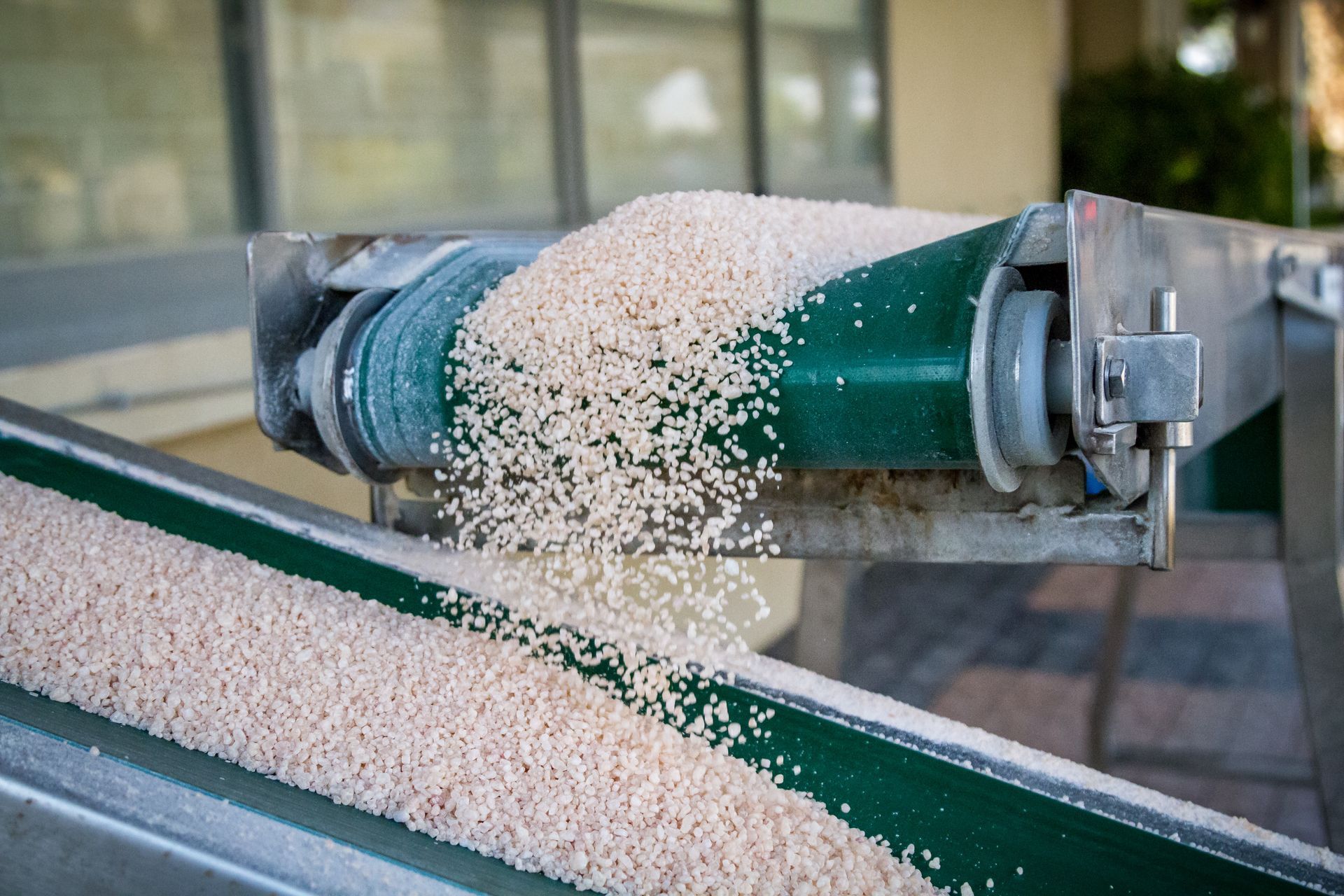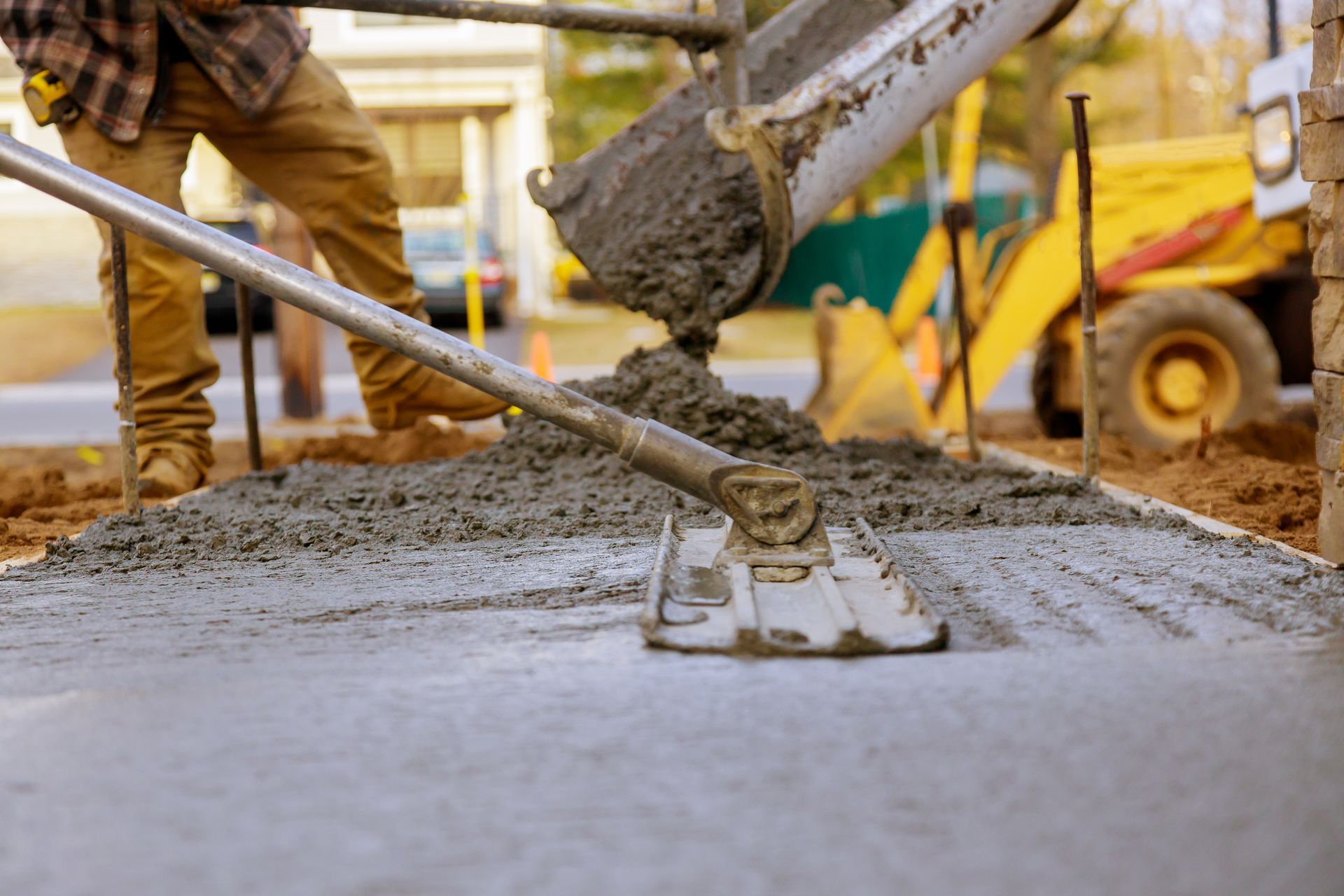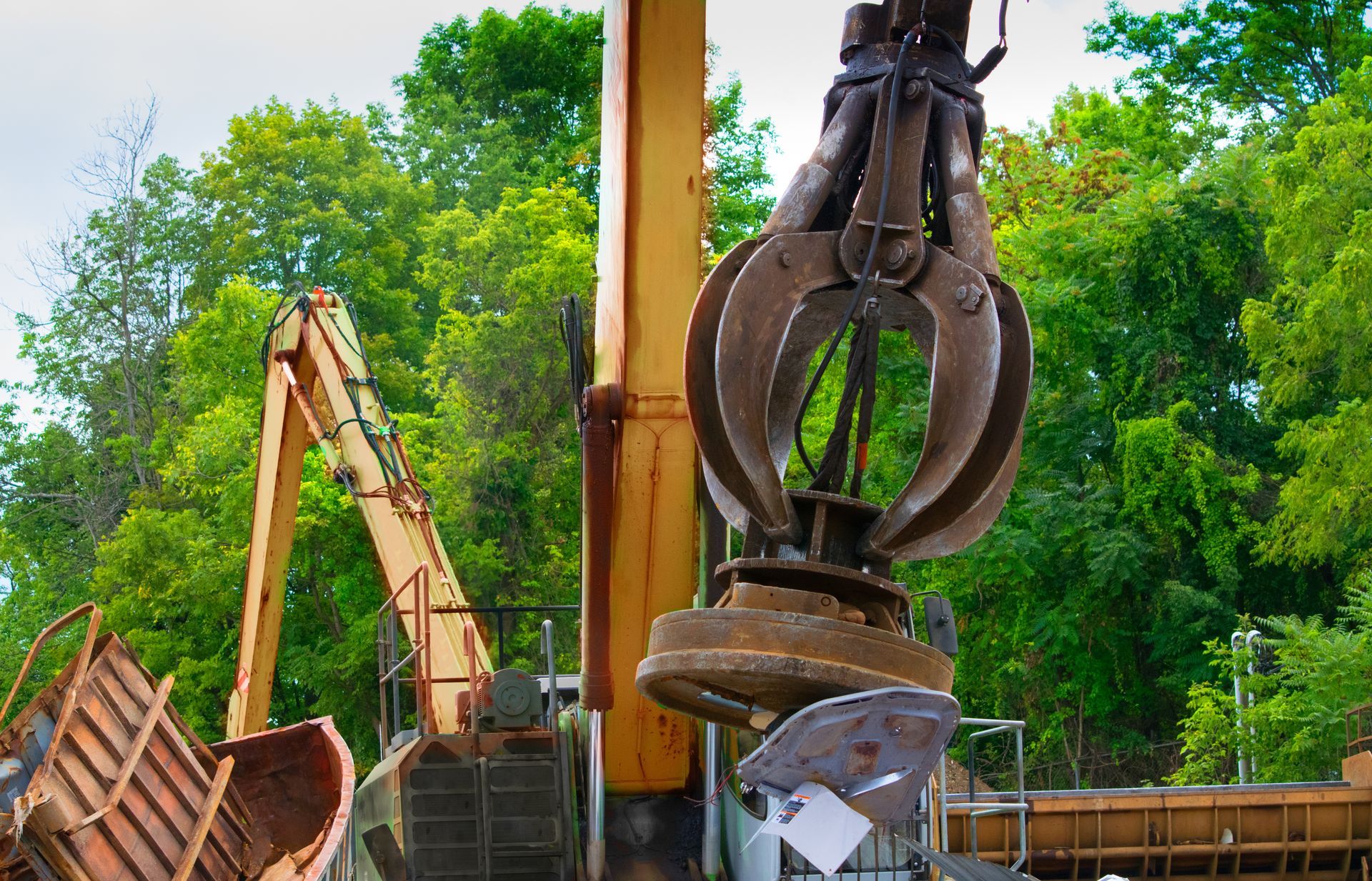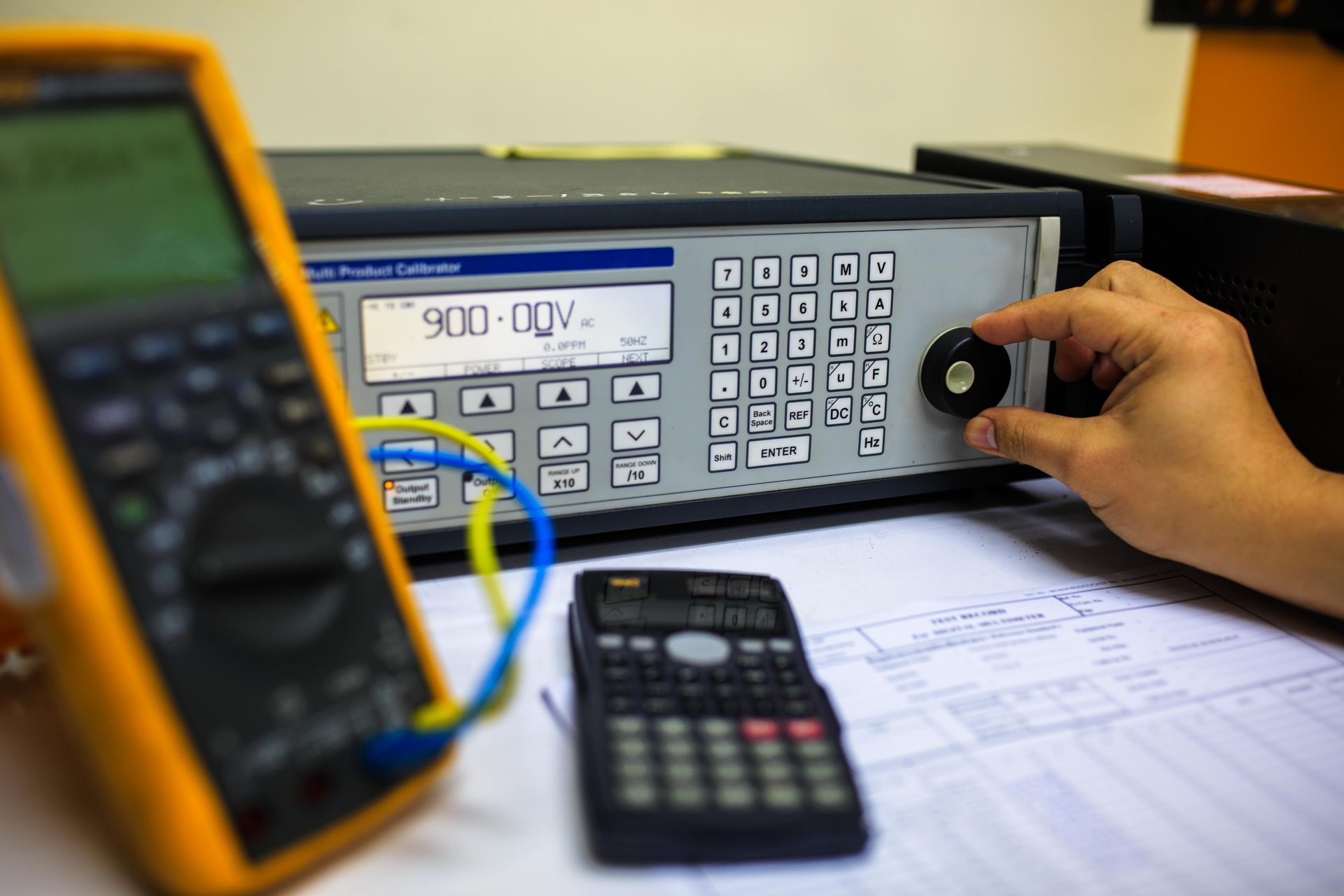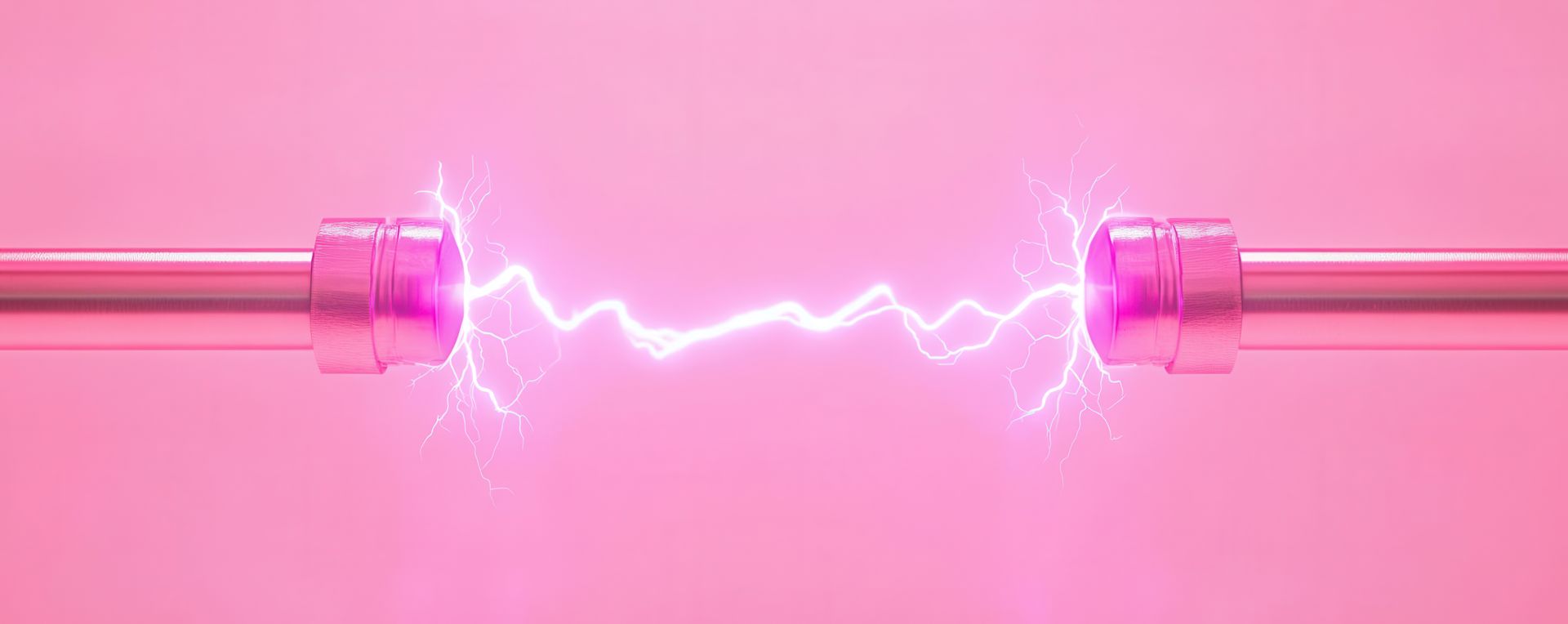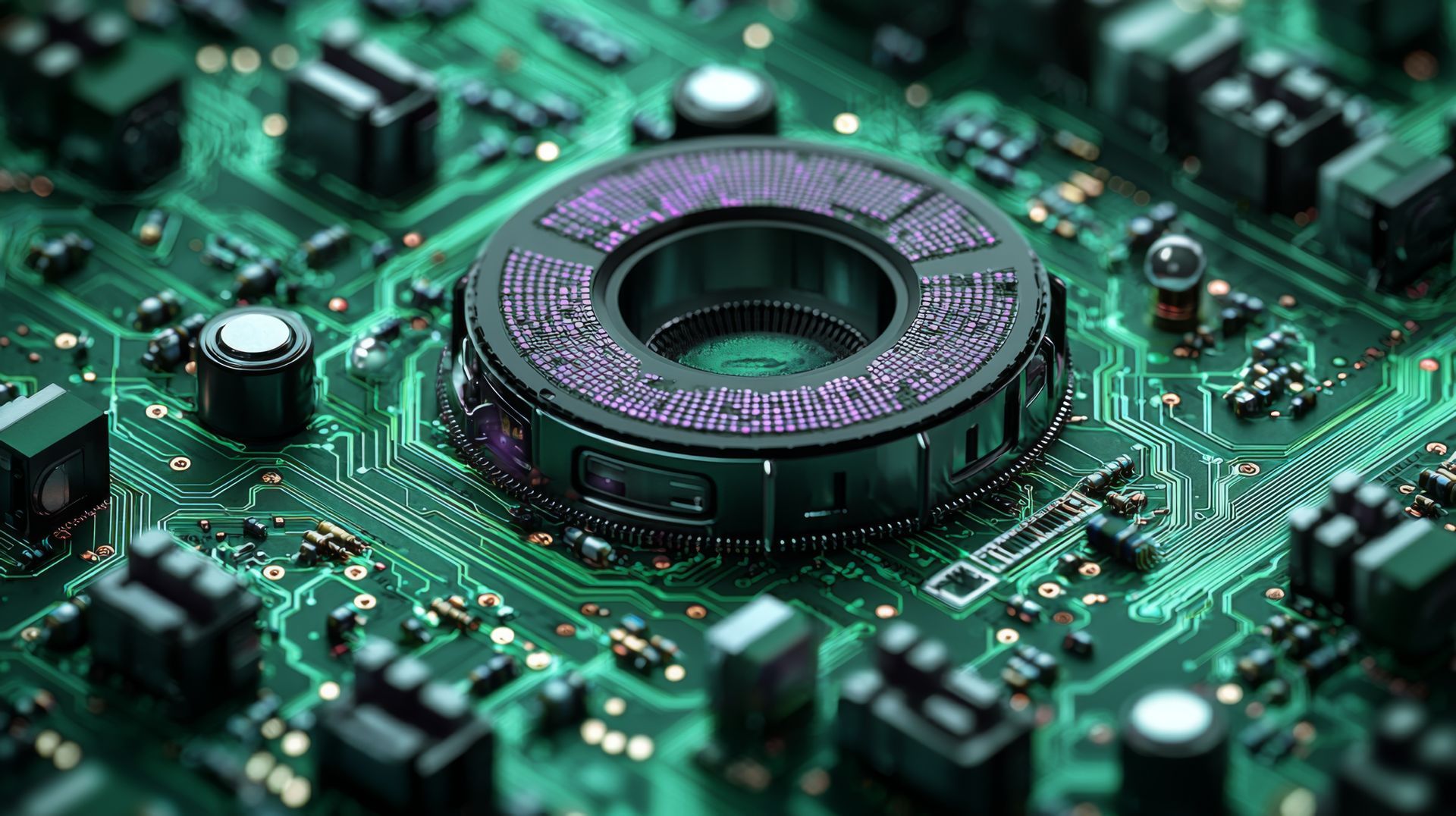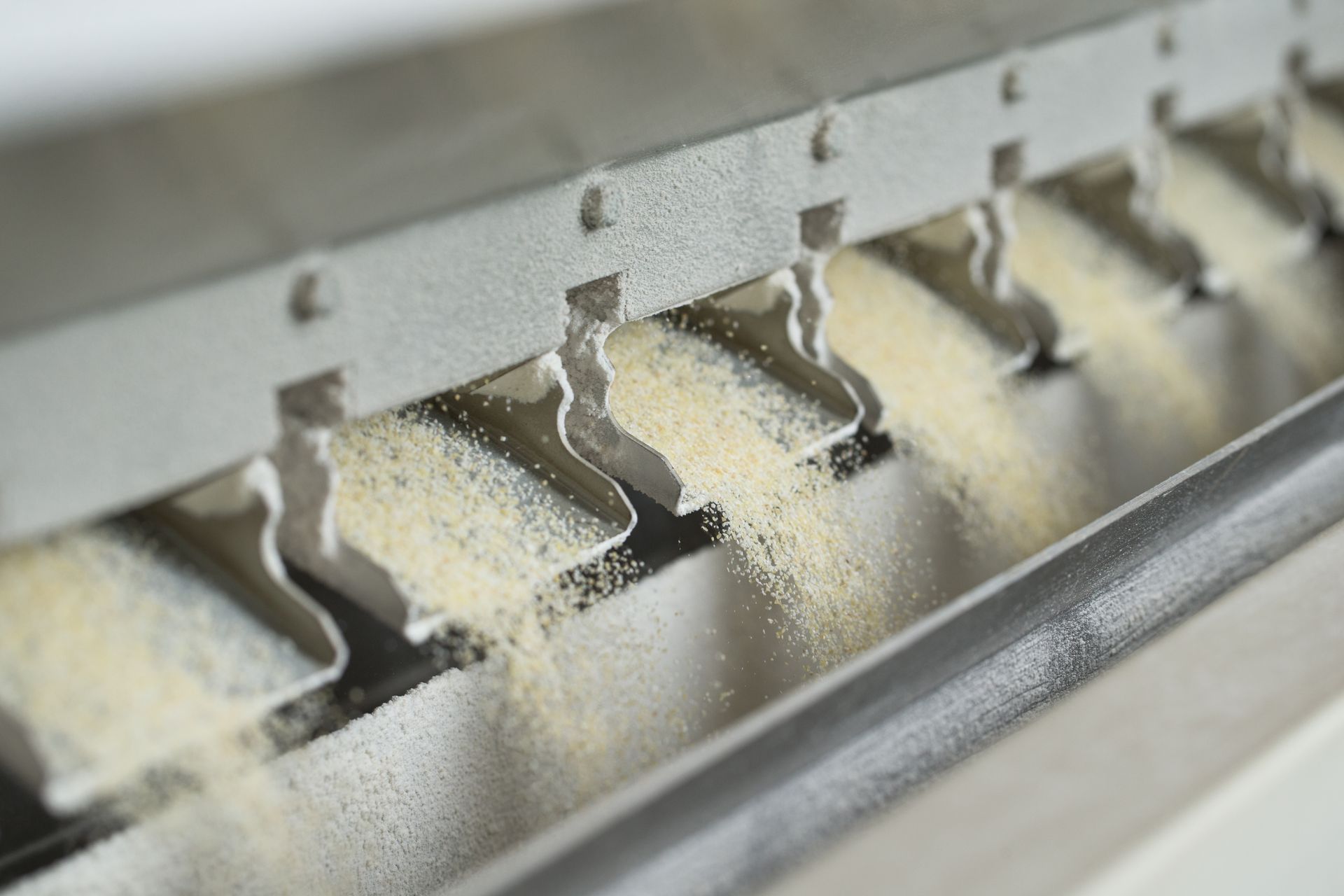How To Clean and Maintain Magnet Separators for Optimal Performance
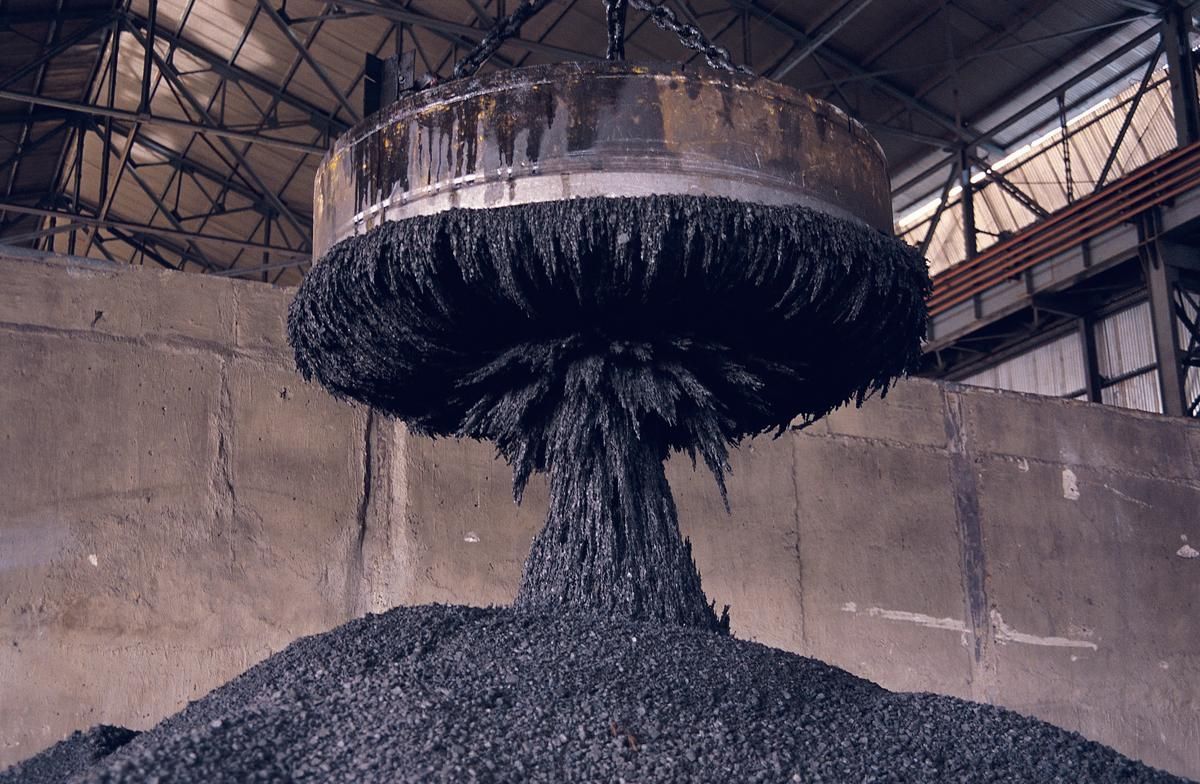
Magnet separators, particularly suspension magnets, play a crucial role in various industries as they effectively remove unwanted ferrous materials from bulk products. These separators ensure product purity, prevent equipment damage, and enhance overall production efficiency. However, like any industrial equipment, magnet separators require regular cleaning and maintenance to perform at their best.
In this article, we will explore what are the common issues caused by dirty or malfunctioning separators, the importance of cleaning and maintenance, and the best practices to ensure optimal performance.
Common Issues Caused by Dirty or Malfunctioning Magnet Separators
When magnet separators are not cleaned or maintained properly, they can develop various issues that negatively impact their performance and overall production efficiency. Some common problems include:
- Reduced magnetic power - Over time, the magnetic strength of the separators may weaken due to the accumulation of ferrous particles or debris on the magnet surfaces. This reduction in magnetic power can result in inadequate separation of contaminants, leading to compromised product quality.
- Clogging or blockage - Dirty magnet separators may experience clogging or blockage due to the buildup of ferrous contaminants. This can obstruct the free flow of materials, causing production slowdowns or stoppages.
- Alignment Problems - Improper installation or lack of maintenance can lead to misalignment of magnet components. Misalignment can reduce the effectiveness of the magnetic field, resulting in incomplete removal of ferrous particles from the product stream.
- Increased wear and tear - Accumulated ferrous debris can cause abrasion and wear on the separator's surface and components, leading to increased maintenance costs and a shorter lifespan of the equipment.
- Incorrect magnetizing method - When magnet separators are magnetized using an incorrect method, it can result in the misalignment of the magnetic field circuit. This misalignment can subsequently reduce the efficiency of the magnet separator in attracting iron particles.
Why Cleaning Magnet Separators Is Important?
Cleaning magnet separators is crucial for several reasons:
- Improved product quality - Regular cleaning ensures optimal magnetic performance, leading to better separation of ferrous contaminants and improved product purity.
- Enhanced equipment efficiency - Clean separators operate at their full capacity, minimising downtime caused by clogging, blockage, or reduced magnetic power.
- Extended equipment lifespan - Proper maintenance reduces wear and tear on magnet components, extending the lifespan of the separators and avoiding costly replacements.
- Regulatory compliance - In many industries, adhering to specific quality standards and regulations is essential. Regular cleaning and maintenance help meet these compliance requirements.
- Cost savings - Well-maintained magnet separators experience fewer breakdowns and require fewer repairs, leading to cost savings in the long run.
How To Clean Magnet Separators
Cleaning magnet separators should be a routine part of the maintenance schedule. The specific cleaning process may vary depending on the type of magnet separator and its application.
Here's a general guide to cleaning magnet separators:
- Shutdown and isolation - Before starting the cleaning process, shut down the equipment and isolate it from the material flow to prevent accidental injuries or contamination.
- Remove ferrous contaminants - Carefully remove all ferrous contaminants stuck to the magnet surfaces by hand or using appropriate tools. Be cautious not to damage the magnets during this process.
- Wipe down - Use a soft cloth or sponge dampened with a mild cleaning solution to wipe down the magnet surfaces and remove any remaining debris or residues.
- Rinse and dry - After wiping down, rinse the magnet surfaces with clean water and ensure they are thoroughly dry before reassembling or restarting the equipment.
- Check gaskets and seals - Inspect and replace any damaged gaskets or seals to maintain a proper seal, preventing material leakage and contamination.
Remember, specific cleaning procedures may vary based on the type of suspension magnets used and the material being processed. Always refer to the manufacturer's guidelines and consult with experts if needed.
How To Maintain Magnet Separators
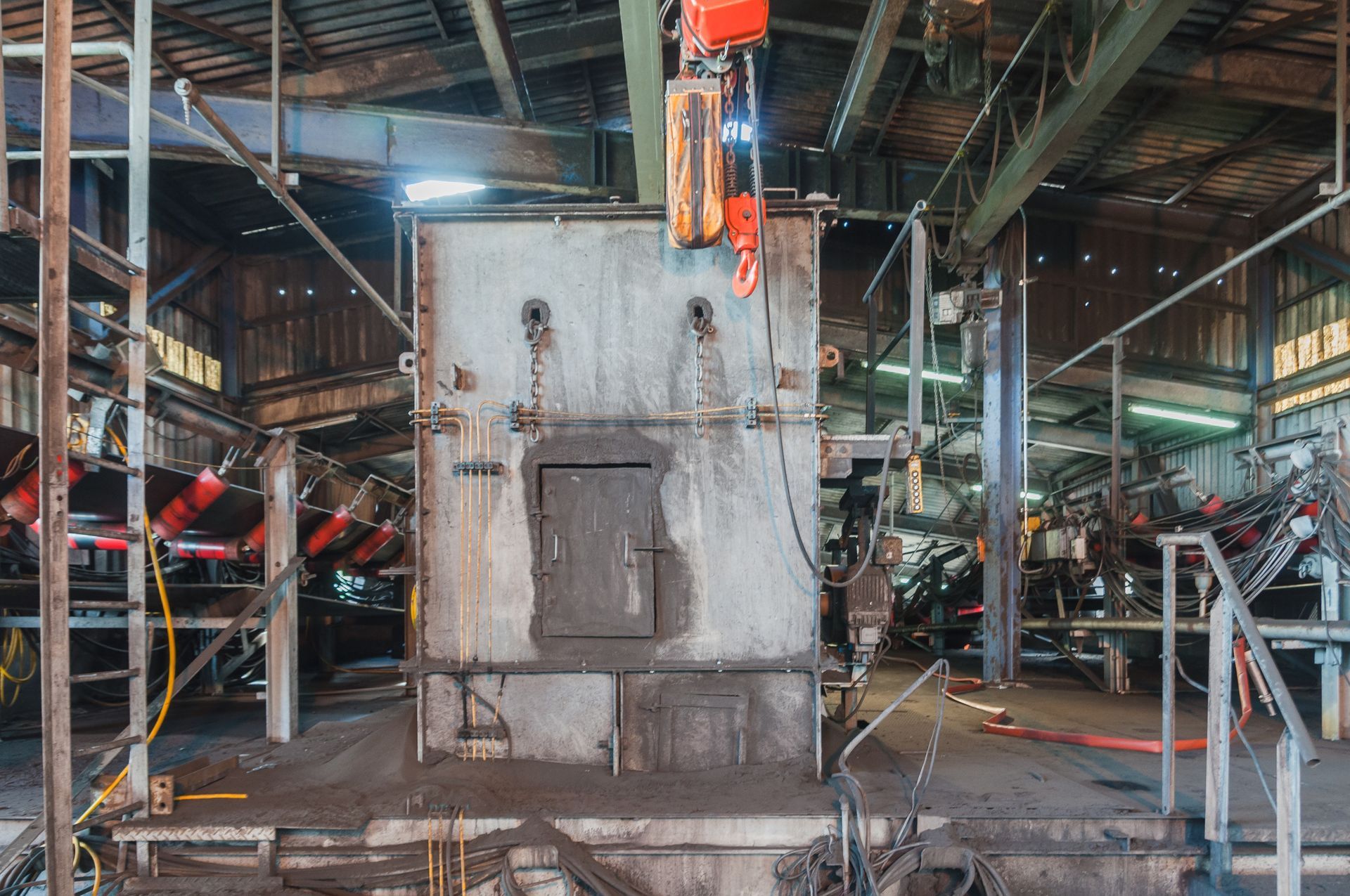
Regular maintenance is key to ensuring the longevity and optimal performance of magnet separators. Here are essential maintenance practices:
Regular Inspection and Monitoring
- Scheduled inspections - Establish a maintenance schedule to inspect magnet separators at regular intervals. These inspections should include checking for signs of wear, misalignment, and any other issues that may affect performance.
- Monitoring performance - Implement monitoring systems to assess the magnetic strength and performance of the separators. This allows for early detection of any decline in magnetic power.
- Record keeping - Maintain detailed records of inspection findings, maintenance activities, and any repairs performed. This data can help identify patterns or potential areas for improvement.
Lubrication and Protection of Magnet Components
- Lubrication - Regularly lubricate moving parts and bearings as per the manufacturer's recommendations. Proper lubrication reduces friction and wear, extending the life of these components.
- Protection against corrosion -Implement measures to protect magnet surfaces from corrosion, especially in harsh operating environments. Coatings or sealants can be applied to prevent rust formation.
Troubleshoot Common Issues
When operating magnet separators in industrial settings, encountering common issues can be inevitable. Understanding how to troubleshoot and resolve these challenges is crucial to maintaining optimal performance and efficiency.
Loss of Magnetic Power
Loss of magnetic power in magnet separators can significantly affect their ability to efficiently remove ferrous contaminants. Here are the steps to troubleshoot and address this issue:
- Check for accumulated debris. Inspect the magnet surfaces carefully for any accumulated ferrous debris or non-magnetic particles. Over time, contaminants may build up on the magnet, reducing its magnetic strength. Gently remove these particles by hand or with appropriate cleaning tools.
- Inspect and replace damaged magnets. Examine the magnets for any signs of damage, such as cracks, chips, or loss of magnetism. Damaged magnets should be replaced promptly to restore optimal magnetic power. Refer to the manufacturer's guidelines for the correct replacement procedure.
- Verify power supply and control systems. Ensure that the power supply to the magnet separator is stable and meets the required voltage specifications. Fluctuations in the power supply can lead to reduced magnetic strength. Additionally, inspect the control systems responsible for regulating the magnetic field strength. Calibrate or repair these systems as necessary.
- Magnetic field mapping. Consider performing a magnetic field mapping test to assess the uniformity and strength of the magnetic field across the separator. This test helps identify any areas with weaker magnetic force, allowing for targeted maintenance and adjustments.
Clogging or Blockage
Clogging or blockage in magnet separators can disrupt the material flow and hinder the separation process. Follow these steps to troubleshoot and prevent clogging issues:
- Regular cleaning of material passages. Implement a routine cleaning schedule to clear material passages and prevent the buildup of contaminants that could obstruct the flow of materials. Remove any accumulated ferrous or non-ferrous particles to maintain smooth material movement.
- Optimise material flow. Review the material handling process to ensure that it is optimised for efficient separation. Consider adjusting conveyor belt speeds, chute angles, or material flow rates to minimise the risk of clogging.
- Install vibrating screens. Consider incorporating vibrating screens or similar equipment upstream of the magnet separator. These screens effectively remove large or sticky contaminants before they reach the magnet, reducing the chances of clogging and improving overall system performance.
- Magnetic drum cleaning systems. In certain cases, magnet separators may come equipped with self-cleaning mechanisms, such as magnetic drums or belts. Ensure these systems are functioning correctly and follow the manufacturer's guidelines for maintenance and adjustments.
Resolving Alignment Problems
Misalignment of magnet components can lead to suboptimal magnetic performance and compromised separation efficiency. Here's how to troubleshoot and resolve alignment problems:
- Realign magnet components. Follow the manufacturer's guidelines to realign the magnet components properly. Misalignment can occur due to improper installation, accidental impacts, or wear and tear over time. Correct alignment ensures a uniform and powerful magnetic field.
- Check mounting structures and frames. Inspect the mounting structures and frames that hold the magnet separator in place. Look for any signs of damage or wear that may be causing misalignment. Reinforce or replace these components as needed to maintain proper alignment.
- Perform magnetic field mapping. As part of the troubleshooting process, consider conducting a magnetic field mapping test to identify any irregularities in the magnetic field caused by misalignment. Use this data to make precise adjustments and realign the magnet components accurately.
- Routine maintenance checks. Include alignment verification as a regular part of the maintenance routine. By detecting and correcting misalignment early on, you can prevent further damage to the separator and ensure consistent separation performance.
Need Help With Your Magnet Separators?
Magnet separators, like suspension magnets, are essential tools in various industries for maintaining product purity and equipment integrity. Regular cleaning and maintenance are paramount to ensure these separators function optimally, providing the best possible results in terms of separation efficiency, product quality, and equipment longevity.
By following the guidelines above, businesses can take proactive measures to keep their magnet separators in top-notch condition, maximising production efficiency and minimising downtime.
If you encounter any issues with your magnet separators or need assistance with cleaning and maintenance, don't hesitate to seek professional help. Experienced magnet suppliers or maintenance experts can provide valuable guidance and support to ensure your magnet separators operate at peak performance. For more information,
get in touch with
Sematic Magnets today.
